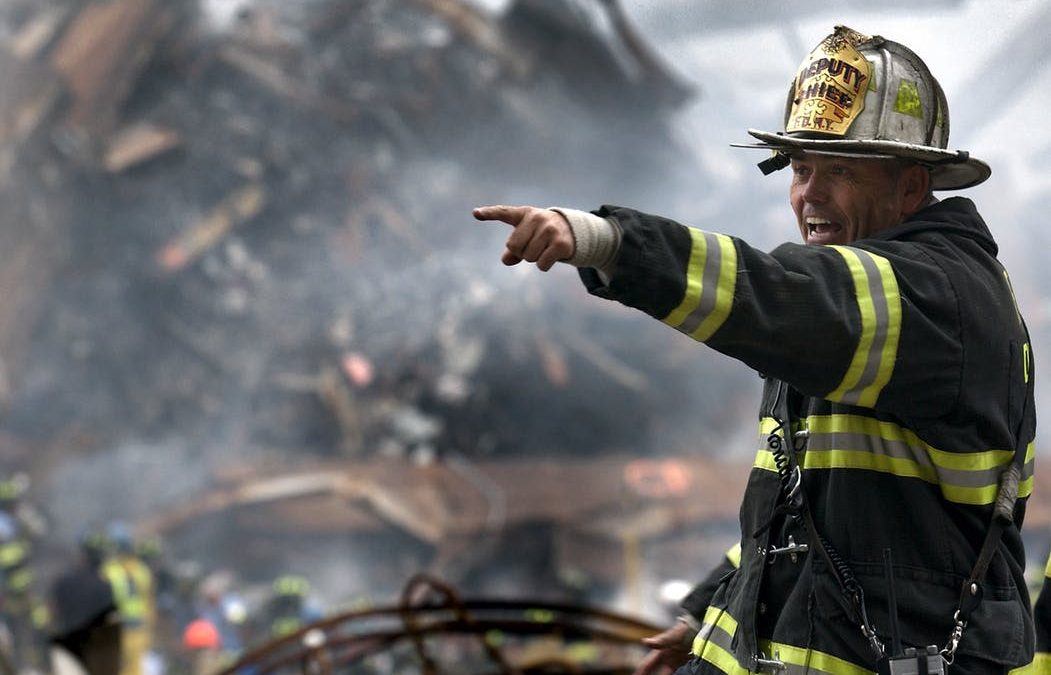In September, 1962, Rachel Carson’s remarkable book, Silent Spring, was published. It addressed the effects that synthetic insecticides, particularly DDT, were having on the environment. That book was the catalyst for the development of a more general environmental movement in the US. This led to President Nixon to propose Presidential Reorganization Plan #3 in 1973, an Executive Order that realigned environmental responsibilities within the federal government, and arrogated many of them to a new Environmental Protection Agency. The EPA has many environmental responsibilities, and among them is dealing with aspects of the human health and environmental consequences of emergencies and disasters.
I’ve spent a good part of my career in academia and government dealing with either prevention of environmental disasters or the amelioration of their consequences. To this day, many think of environmental disasters as being caused by natural events, such as hurricanes, tsunamis, and earthquakes. In fact, many of these events have been caused, directly or indirectly, by human activity.
People sometimes forget that their actions often have unintended consequences. Many technological advances, although designed to improve our lives, have demanded a high price from our environment. That price of progress often is reflected as damage done to our natural resources. The following list outlines 8 of the worst environmental wounds mankind has inflicted on itself.
- Great London Smog (England, 1952) – Heavy soft coal consumption spurred by frigid winter temperatures and windless conditions resulted in a massive, black cloud of noxious toxins spreading across the city of London. This 5 day smog event killed up to 12,000 people and sickened over a hundred thousand.
- Baia Mare Cyanide Spill (Romania, 2000) – An unsound dam built by a gold mining company to contain contaminated wastewater collapses, spilling 120,000 cubic meters of cyanide-contaminated water into the Somes, Danube and Tisza rivers. Unprecedented loss of aquatic life is reported alongside cyanide levels 300 to 700 times higher than the max impurity standard. The water supplies of more than 2 million people were affected.
- Love Canal (Niagara Falls, 1953) – The Hooker Chemical Company turned the unfinished Love Canal into a waste dump where they disposed of 21,000 tons of deadly chemicals by dumping and sealing them inside. Hooker tried to restrict the future use of the property when selling it, but took no responsibility themselves when the governmental buyer ignored the company’s warning of contamination. A housing development is soon built atop the dumping ground, damaging the seal over the chemical landfill in the process. Hundreds of birth defects and miscarriages later, an official investigation confirms the long-suspected link between the toxins below and the Love Canal community’s poor health. Love Canal is an important event because it helped result in the passage of the Superfund Act, and highlighted the importance of local activism. The site was eventually cleaned up.
- Bhopal Gas Leak (India, 1984) – A chemical fog containing methyl isocyanate (MIC) gas, emerges from a Union Carbide pesticide plant, contaminating the air, water, and surrounding land. The leak resulted in thousands of deaths as well as sickness in a densely populated area. Many thousands more people needed medical treatment in wake of the leak.
- Deepwater Horizon Oil Spill (Gulf of Mexico, 2010) – Also known as the BP oil spill, this disaster is considered to be the largest marine oil spill in the history of the petroleum industry with an estimated 210 million gallons into the surrounding ocean. Methane gas from the well rose into the drilling rig and caused an explosion. Eleven people went missing and were never found. The leak was discovered two days later when an oil slick was spotted on the surface of the water at the site of the former oil rig and continued to gush from the well for nearly three months. Anywhere from 622 to 1300 miles of U.S. coastline were impacted, and marine life continues to suffer the effects of the spill to this day. A White House commission blamed the leak on cost-cutting measures employed by BP and its partners, but additionally determined that “systemic” root issues “absent significant reform in both industry practices and government policies, might well recur”
- Chernobyl Nuclear Meltdown (Russia, 1986) – sloppy testing procedures combined with inherent design flaws at Chernobyl’s nuclear power plant resulted in the worst nuclear reactor catastrophe in history. The blast and the resulting fire resulted in the deaths of 50 workers, a 30 mile area around the site was declared unfit for habitation, and western USSR and much of Europe experienced fallout from the explosion.
- The Gulf of Mexico’s Dead Zone – Every year, heavy precipitation washes nutrients from lawns, farms and sewage plants into streams and rivers that flow into the Gulf of Mexico. These nutrients spark the growth of massive algae colonies that deplete the water’s oxygen, thus suffocating marine life in an area which supplies 40% of America’s seafood.
- The Guiyu Electronic Waste Dump (China) – Guiyu currently hosts what may be the world’s largest graveyard for outdated electronics. Thousands of workers, often children working with bare hands, strip apart smelt metals, “cook” circuit boards, and burn plastic from discarded electronics in order to salvage their most valuable parts, exposing themselves to extreme levels of heavy metals, chemicals, and acidic waste, all of which also leak into neighboring rice paddies, groundwater, and rivers.

